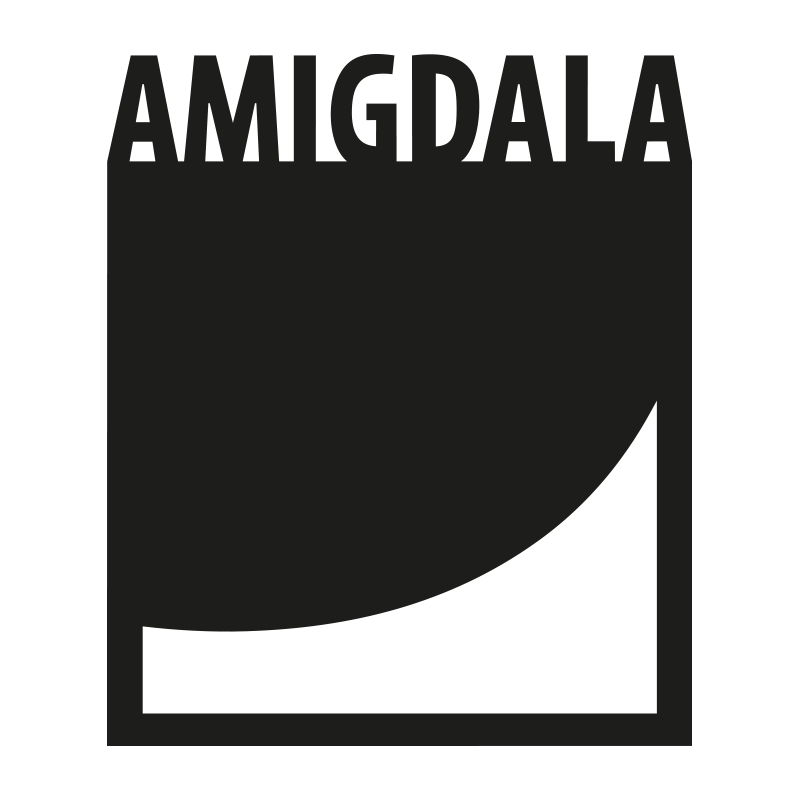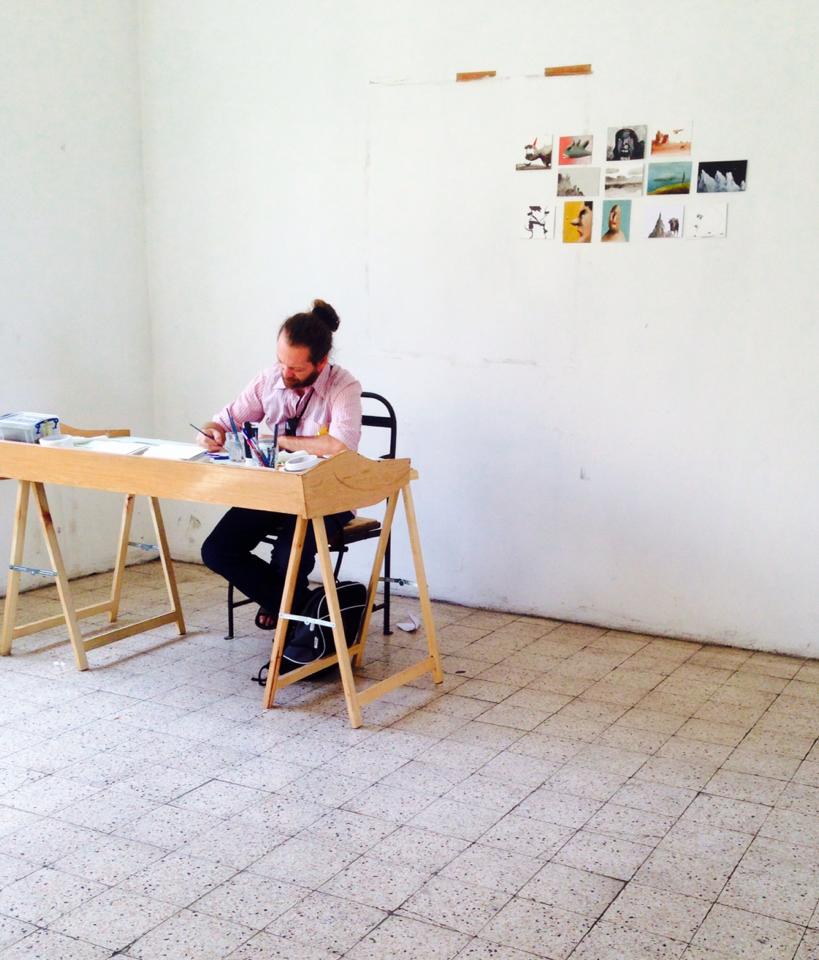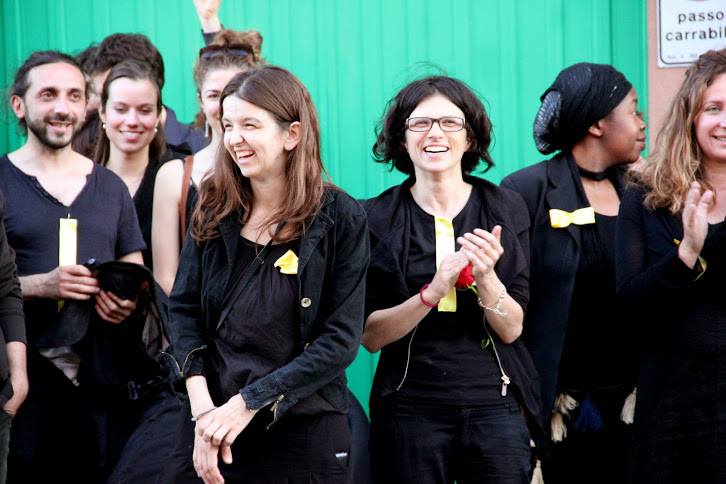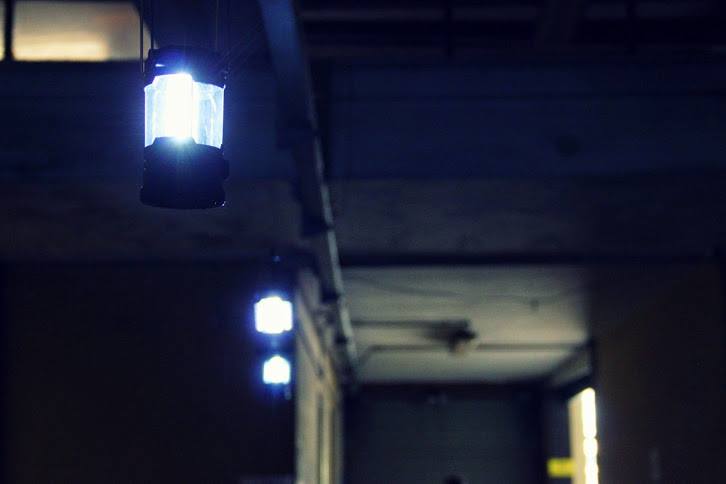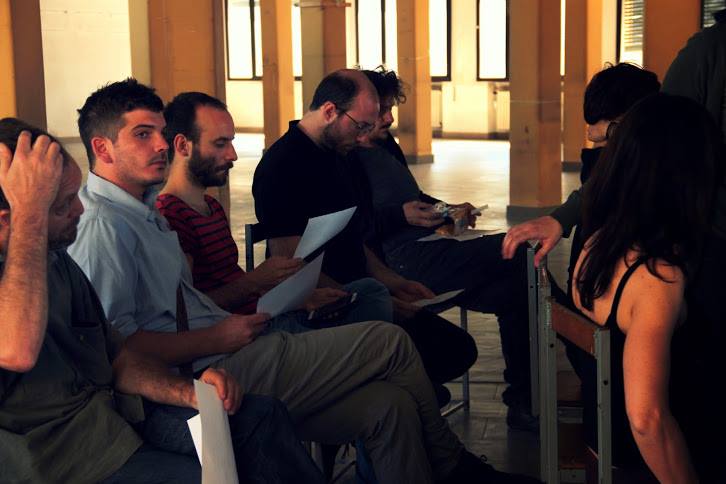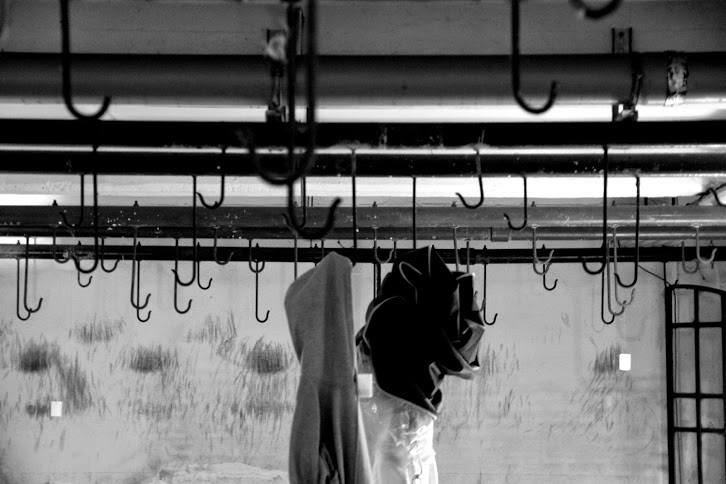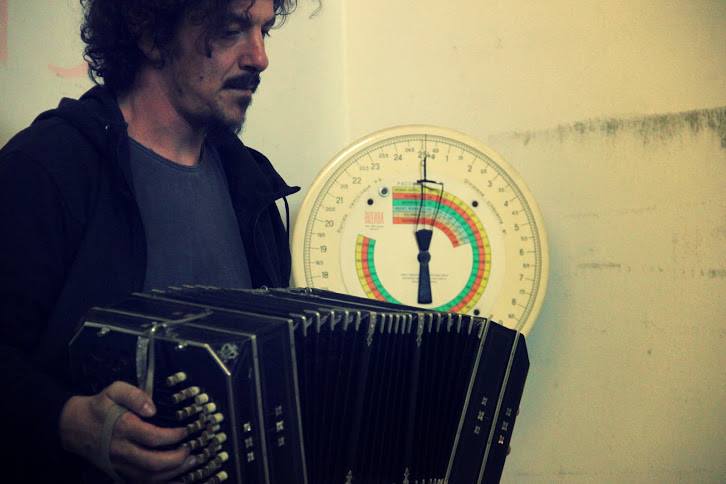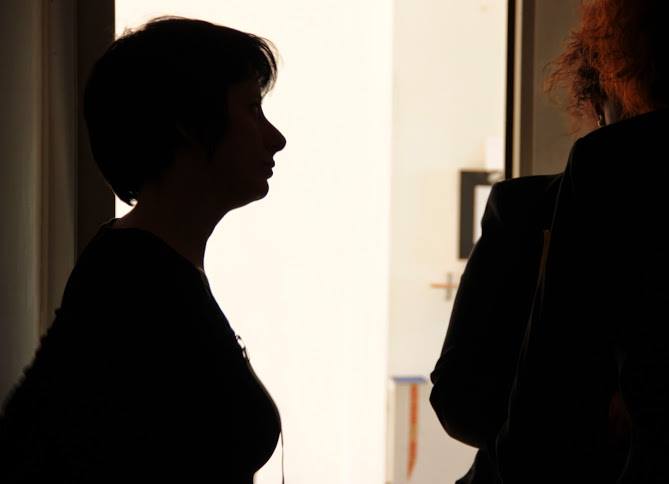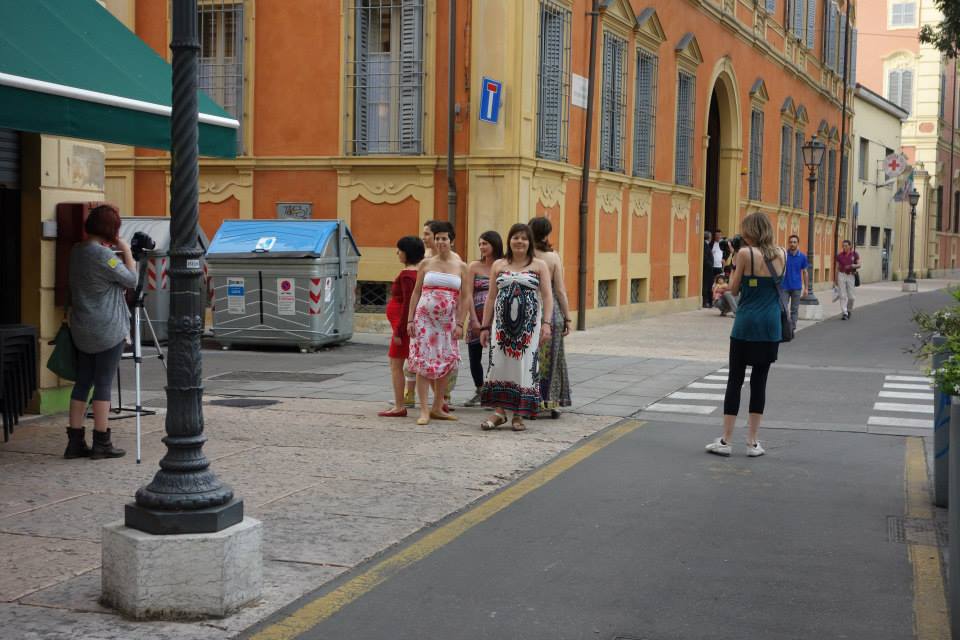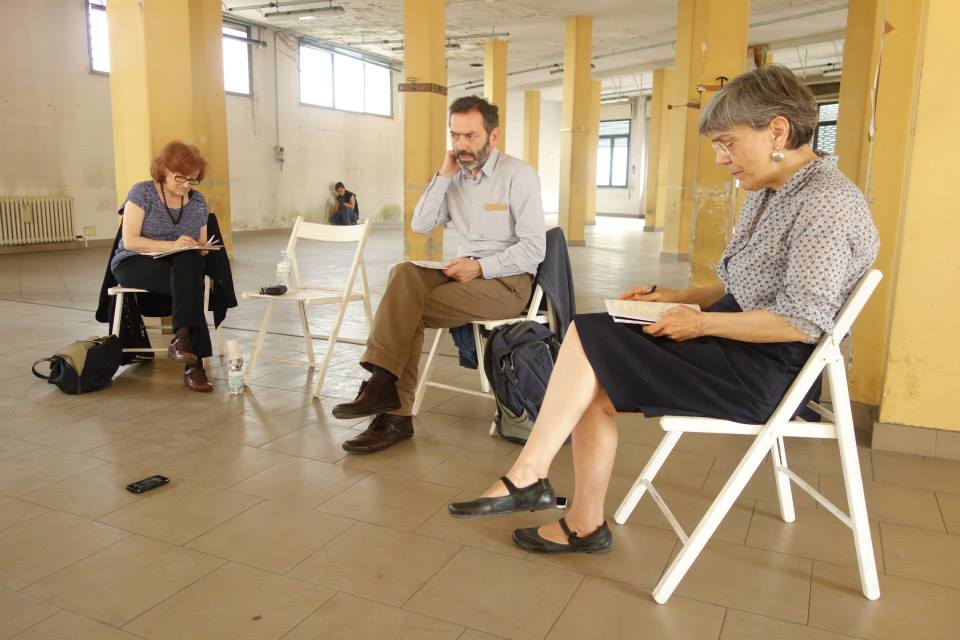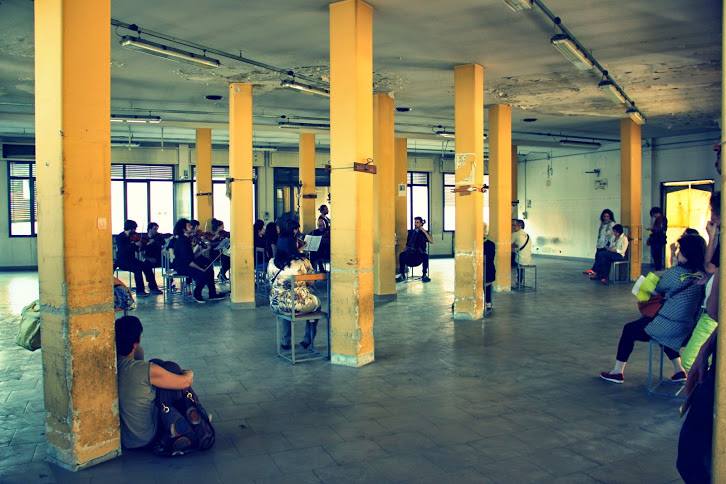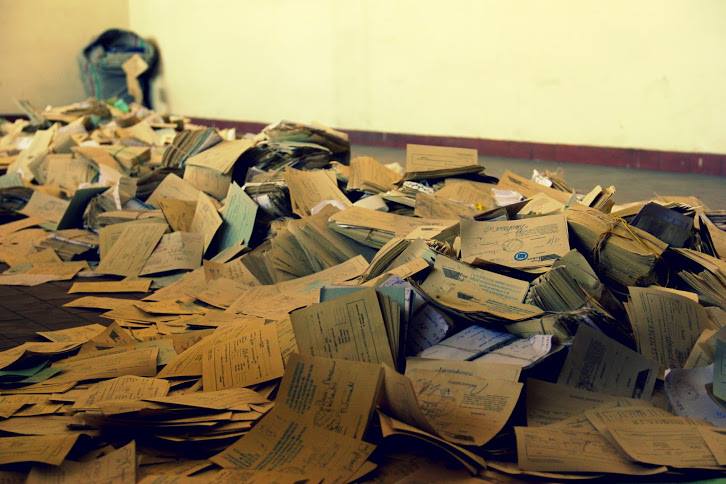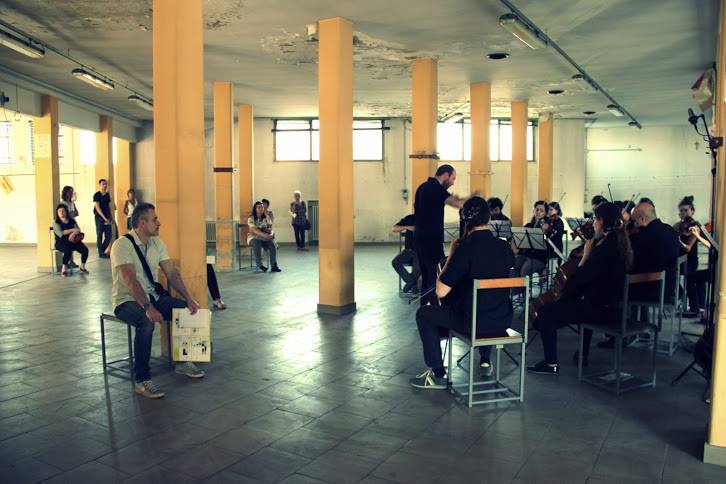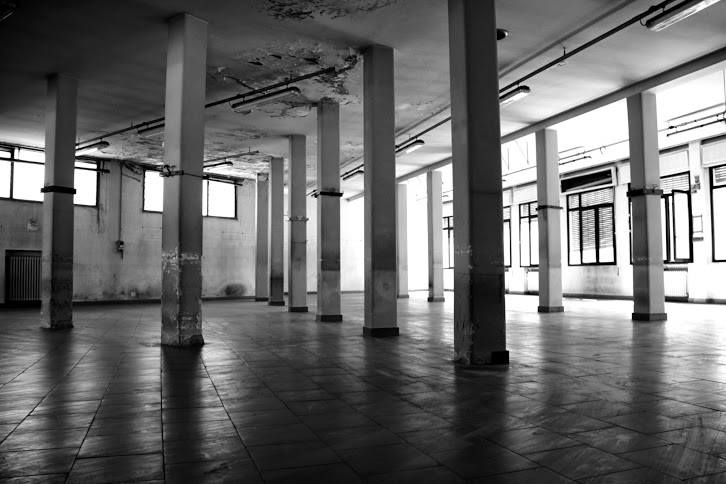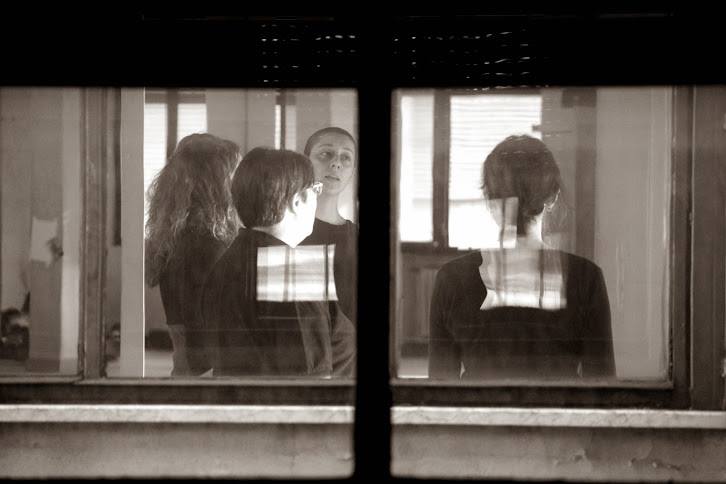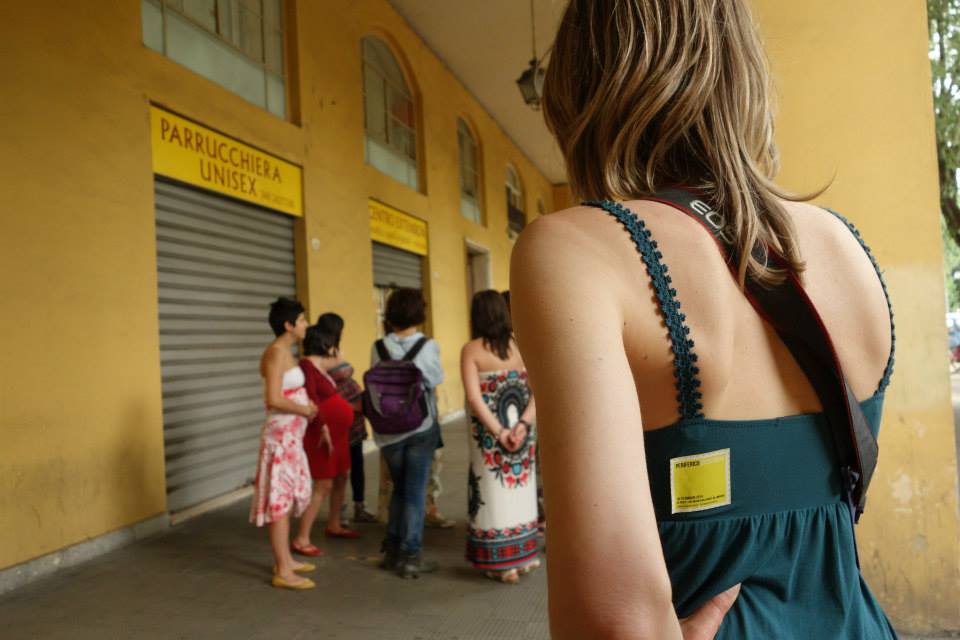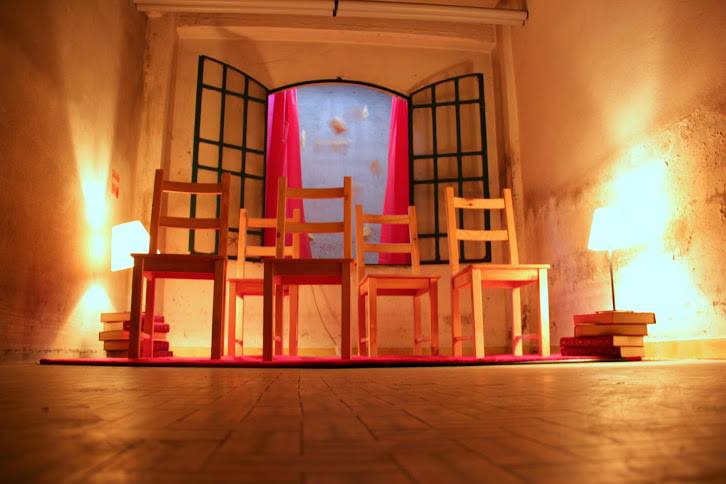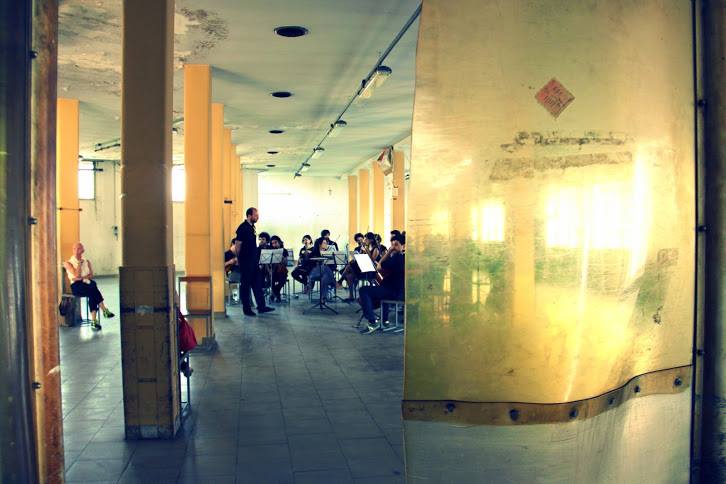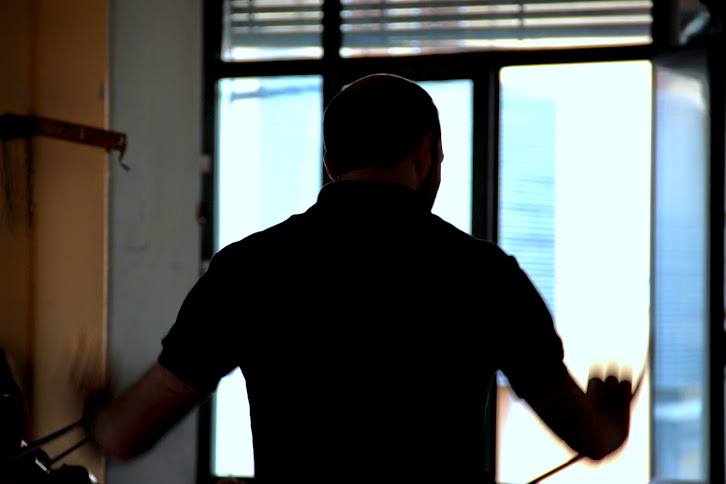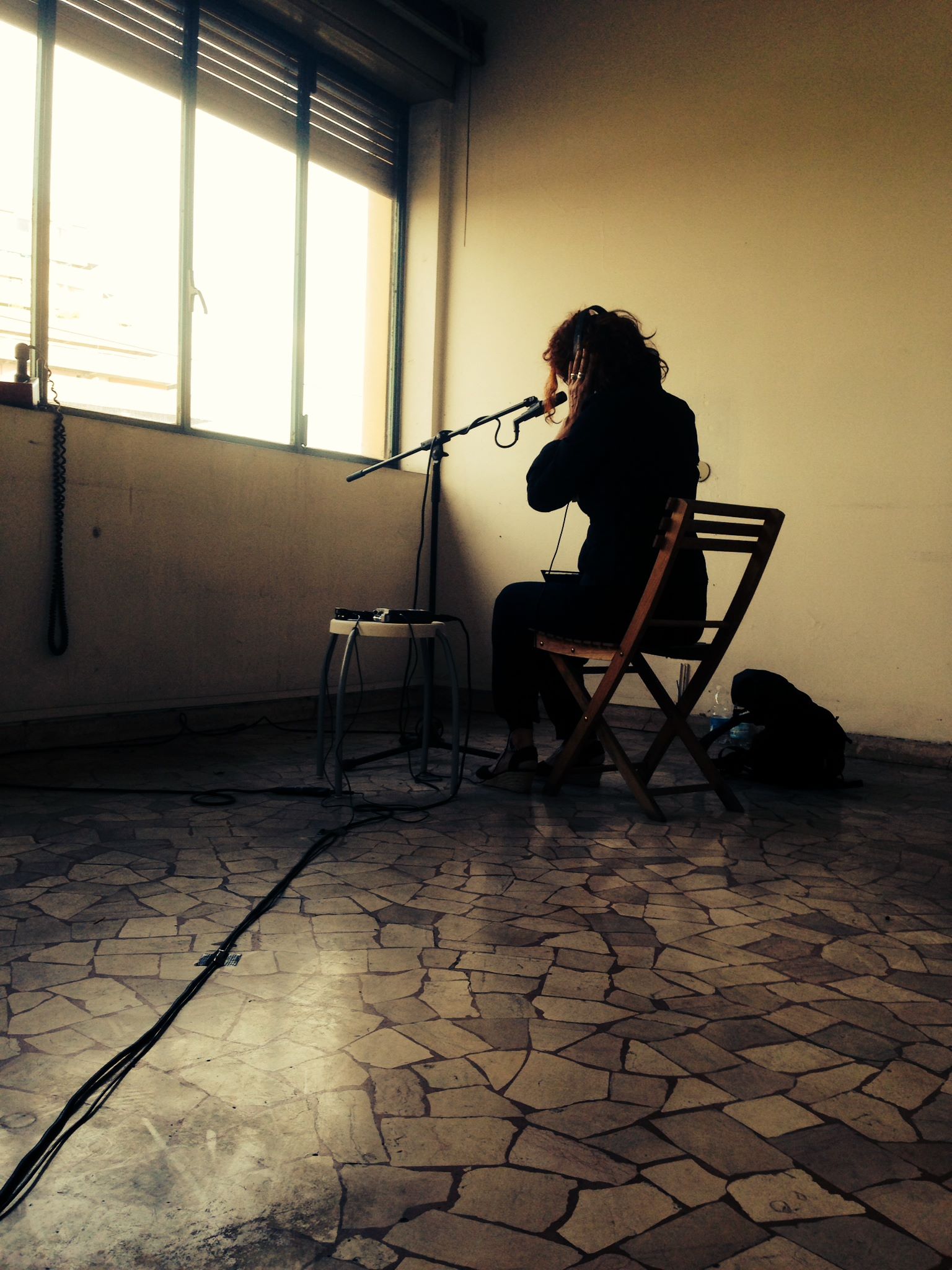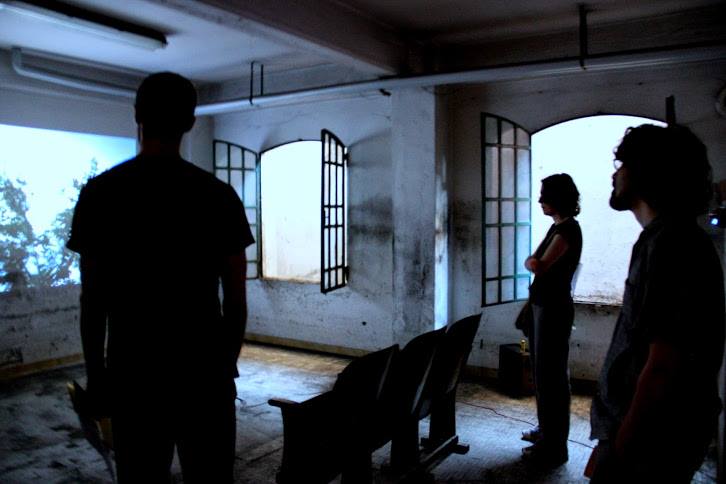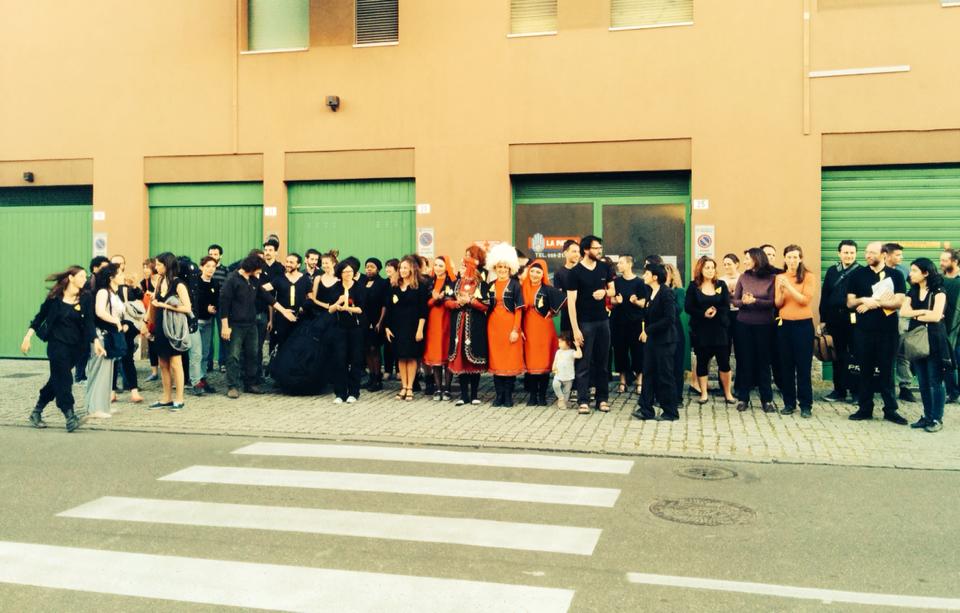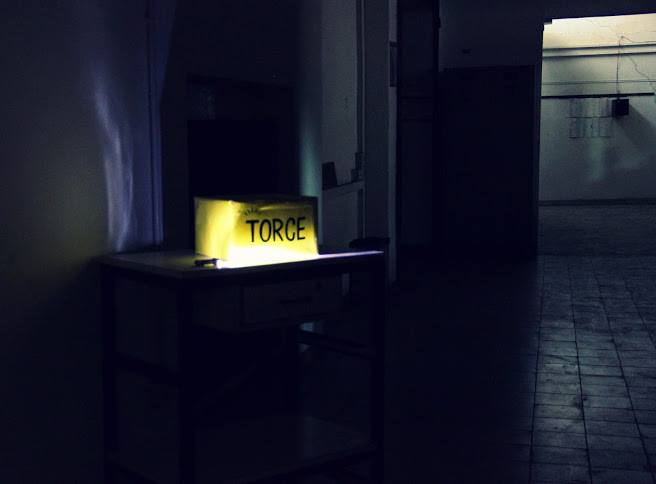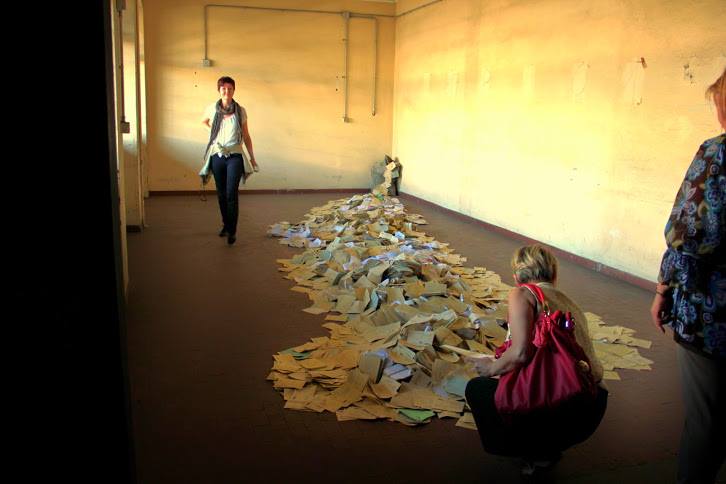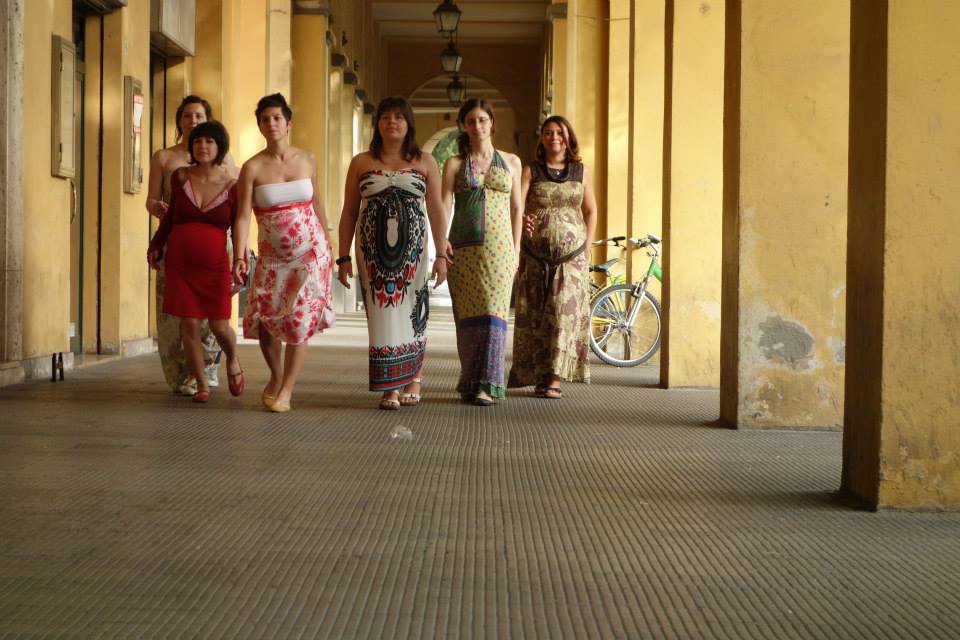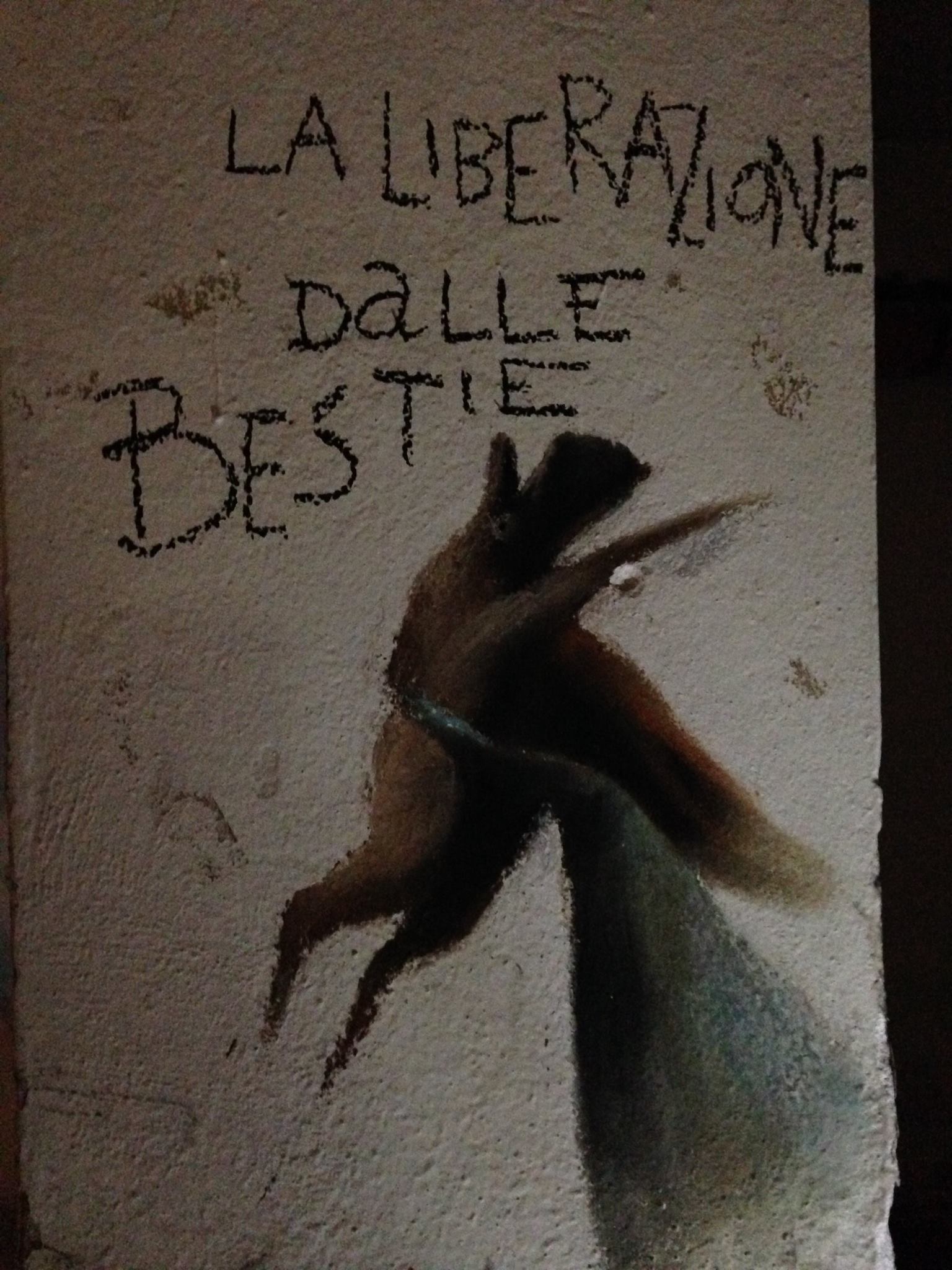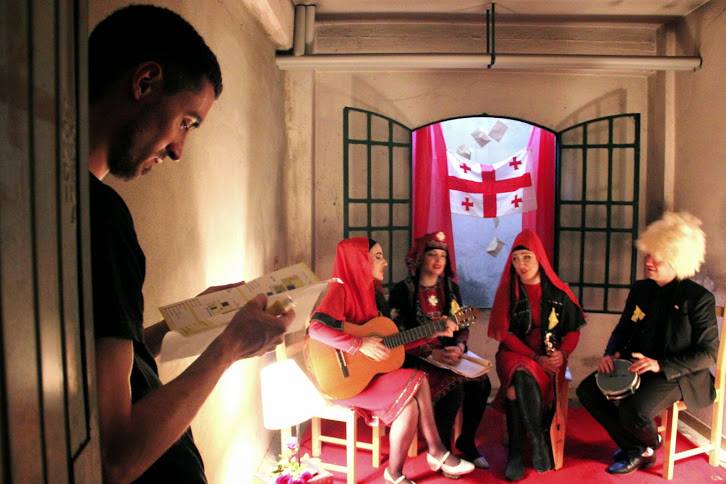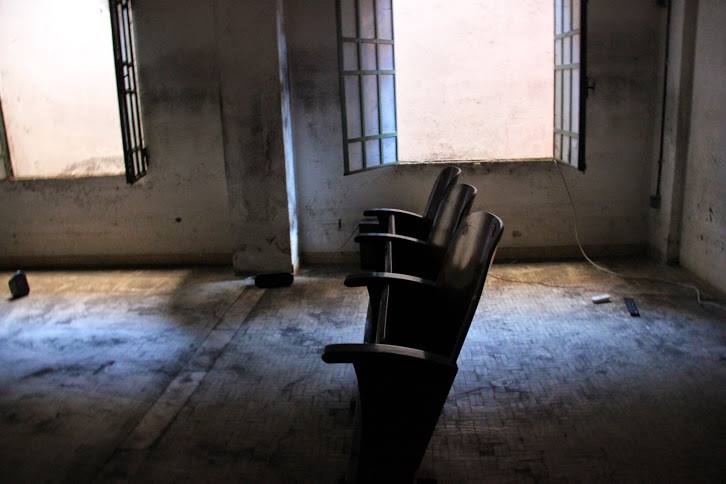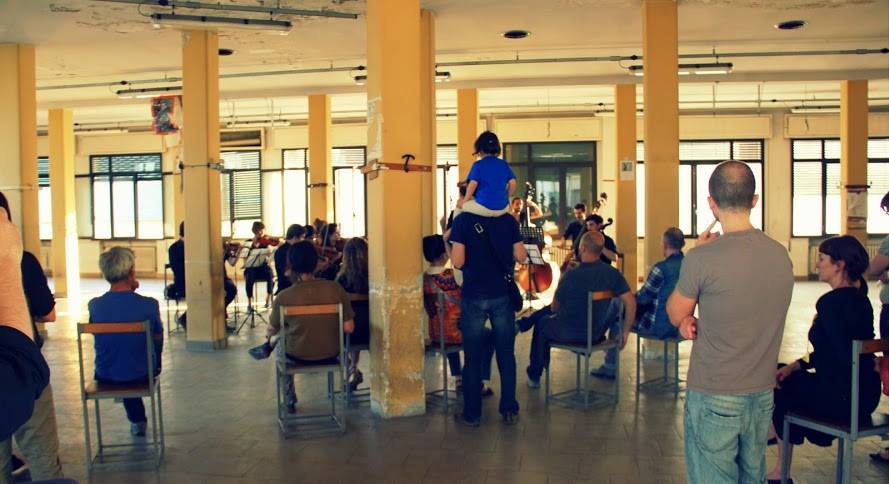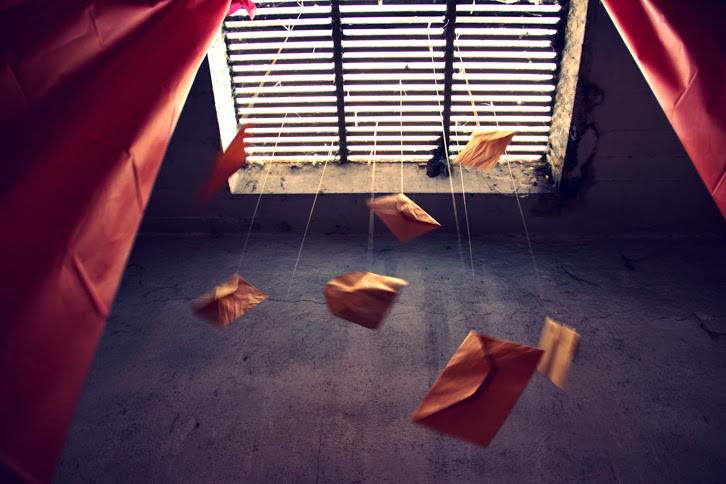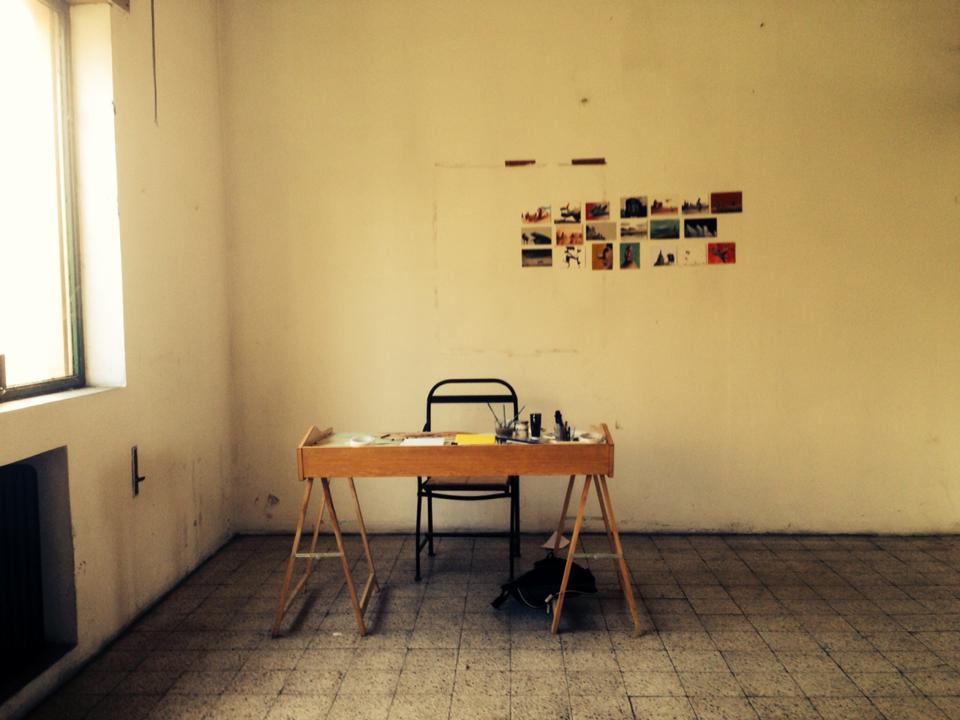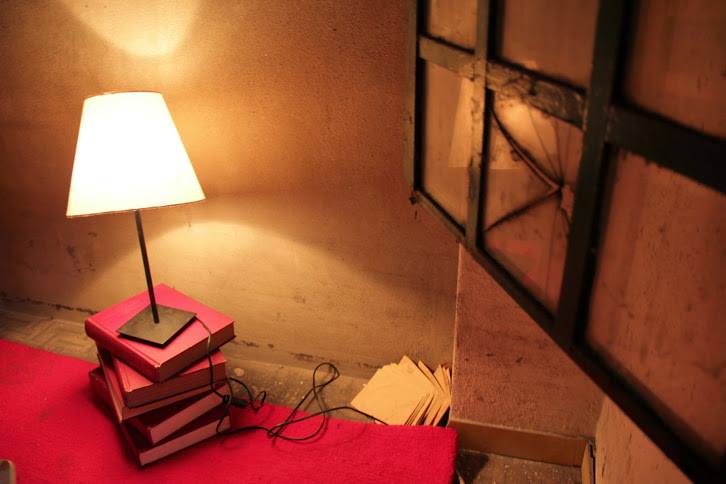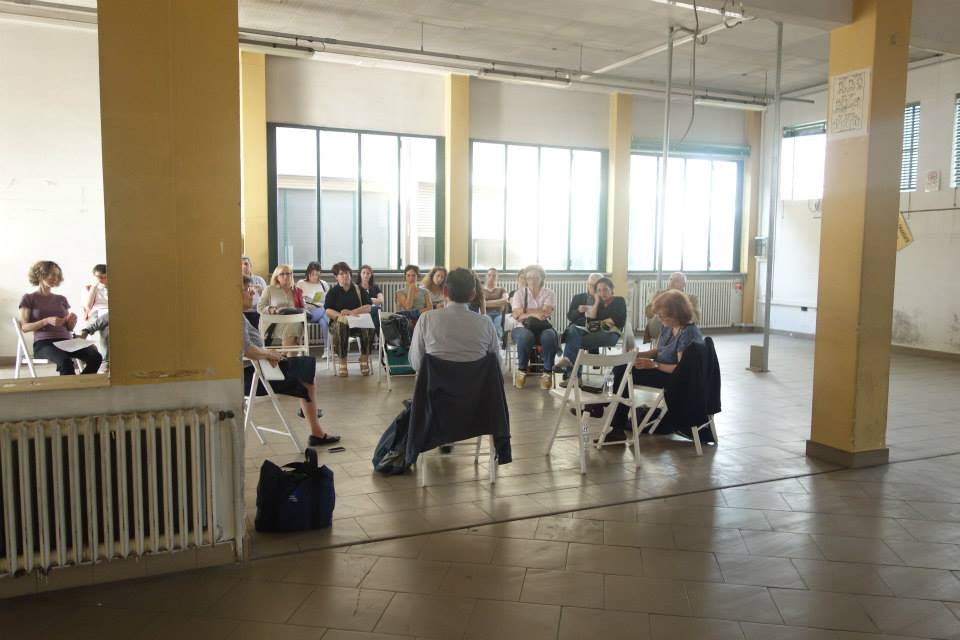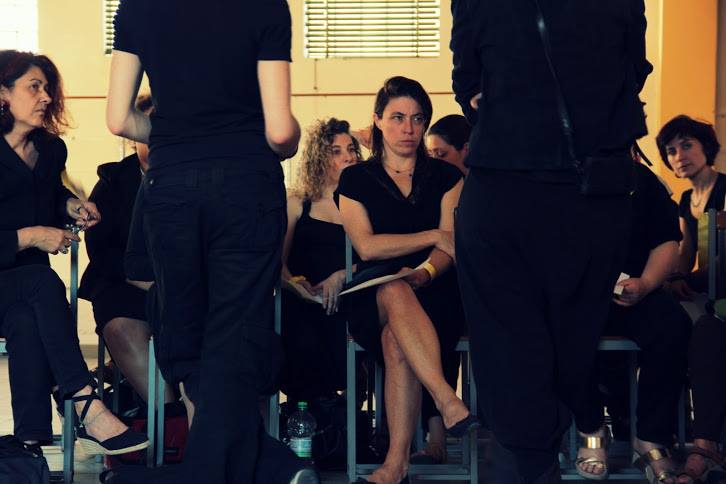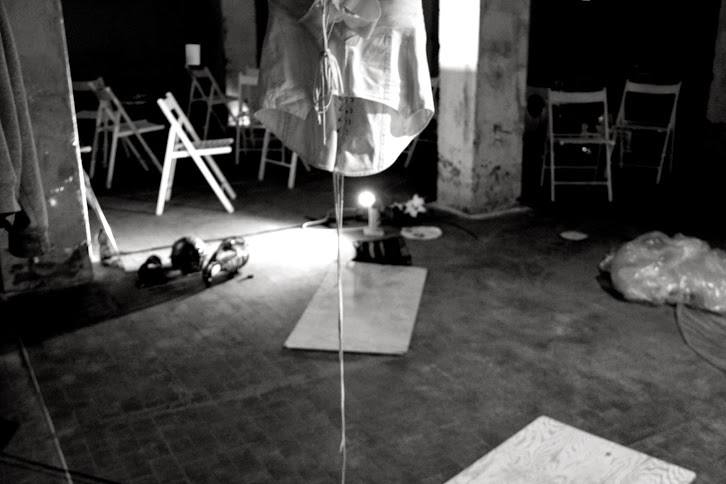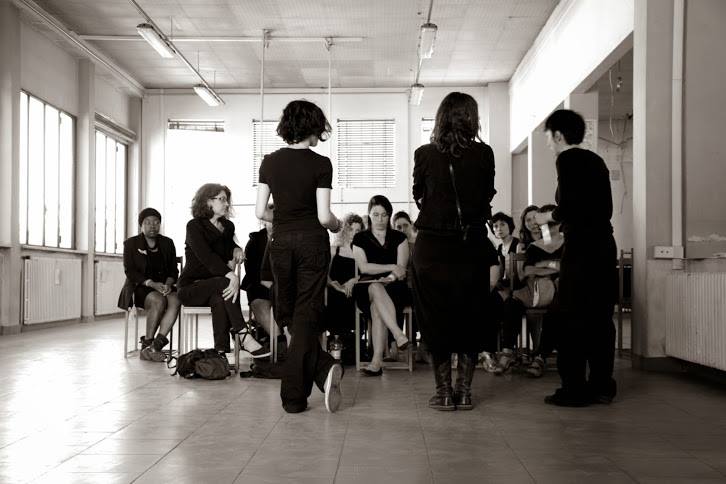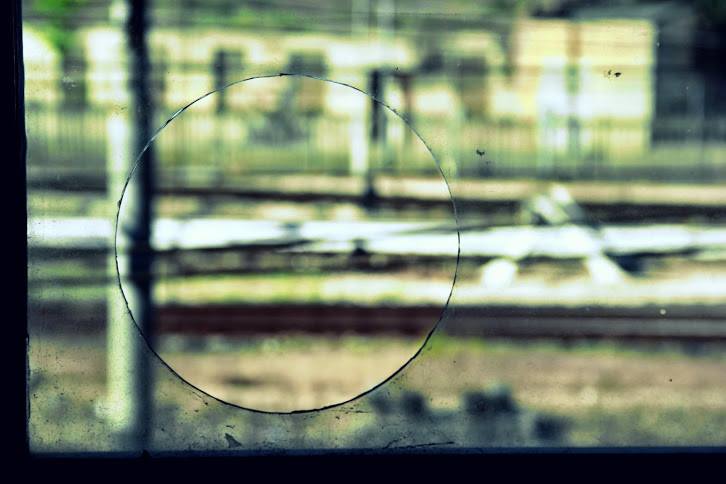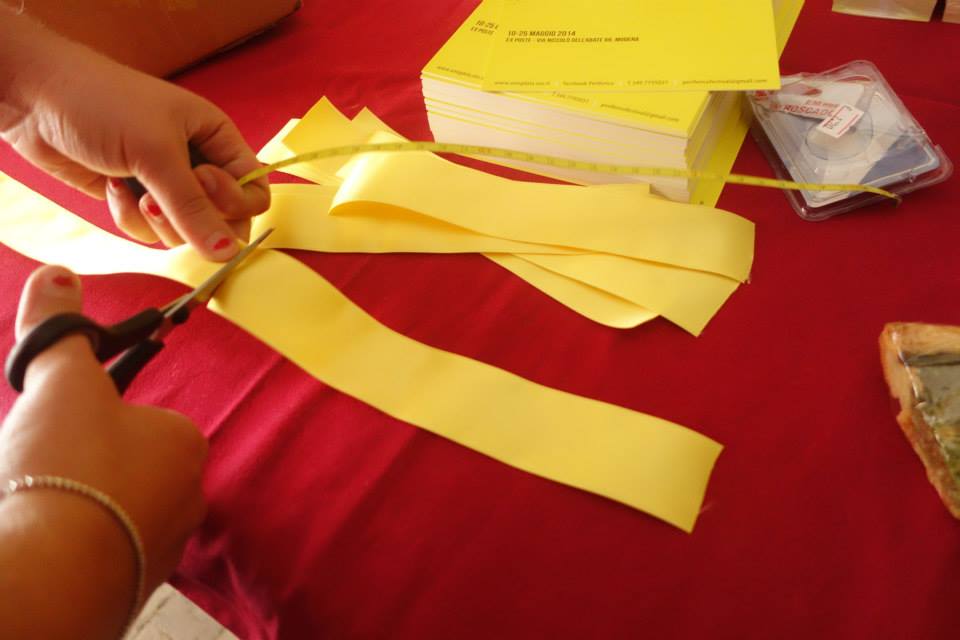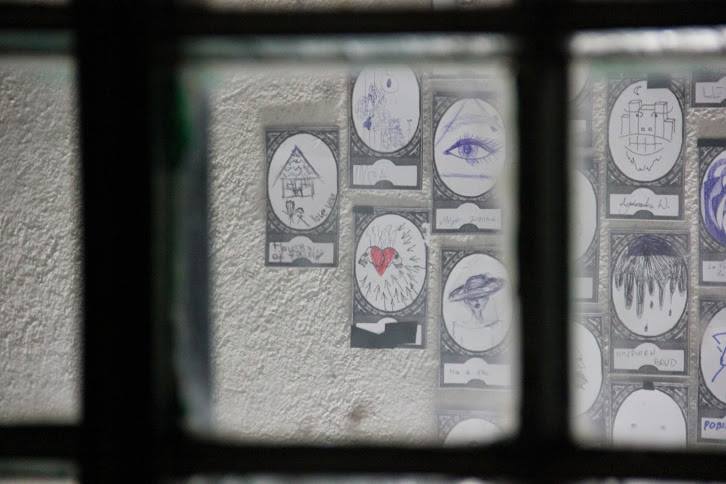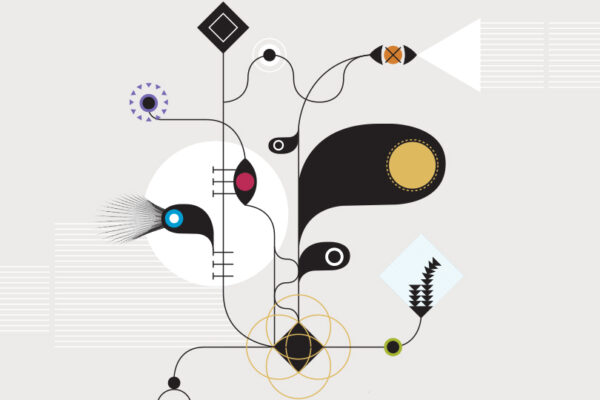Peripheral 2013/2014
EX-POST
Peripheral continues to explore the city’s unusual spaces and reinterpret them through artistic interventions site-specific. Forits 5th edition, the Peripheral festival chose a disused space, the large municipal building that used to house the Post Office on Abbot Street, next to the train station.
It is a mysterious space that physically preserves the traces of a not-too-distant passage, yet already strongly marked by a long state of neglect.
We imagined the former Posts as a field left fallow, as a large public space waiting to be sown again: after a preview presented on Oct. 20, 2013, Amigdala invited the public to take part in an approach and “reactivation” of the space culminating in Ex Post, a two-day opening on May 24 and 25.
Preview – October 20, 2013
“When they left.”
Sound guided tour of the Former Post Office space
The festival – May 24 and 25, 2014
Ex Post was constructed as a unique performative action, created simultaneously by everyone who chose to be a part of it (from the curators to the technicians, from the artists to the audience) and originated from the question: what does it mean to re-inhabit a public space?
A question we then also asked: an orchestra, letter carriers, mothers, children, an illustrator, a theater company, an urban planner, an anthropologist, an economist, a group of dancers, an engineer, musicians, a choir, a video-maker, a performer, a psychoanalyst, a writer.
On May 24 and 25, the former Post Office reopened. to welcome the audience that was equipped with a map of the three floors of the building: every space, every room, area, and sphere of this place was renamed “ex-post,” that is, a posteriori, mixing the signs of the use of that place with the new meanings and interpretations that the artists would give during the days of the festival.
Each person was free to follow his or her own path through the installations, to watch a performance, to meet a dancer in a work break, thus creating a personal dramaturgy of performance, in a space once again ignited by the presence of more than fifty artists working simultaneously.
In this co-habitation, the former Post Office building dictated its limitations and characteristics to us: little or no electricity, bright spaces and dark caverns, the noise of passing trains, lots of dust and numerous traces of its former function. Likewise, we wanted the processes of the artwork to be as naked as the space itself, the mechanisms of staging transparent, the artwork inhabited by the viewer rather than pre-packaged. Audience, artists and technicians shared a unique and unrepeatable experience: a graft of care in an abandoned public space.
All this brought with it a certain amount of unexpectedness.
We hoped it would be fruitful.
